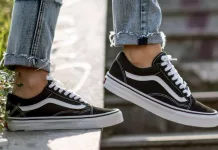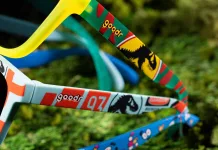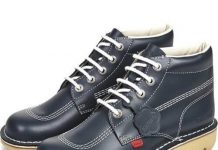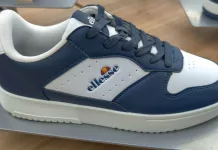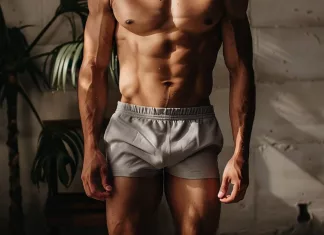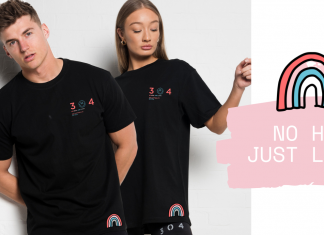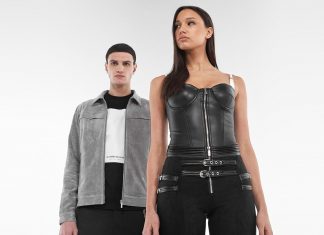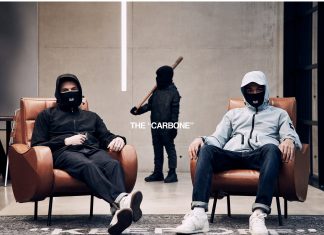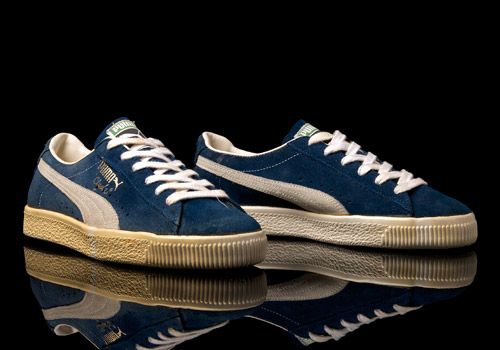
First Published: 15th March 2023, written by David Dooley | Last Updated on 15th March 2023 | Reviewed and Edited by Chloe Safilo
The Back Story Of Puma Footwear
The story of Puma is engrained into the minds of all sneaker enthusiasts and is a compelling tale of brotherly love, betrayal and revenge that would grace the best stories from cinema over the years.
It all started with the formation of its bitter rivals, Adidas, in Germany in 1949 by Adi Dassler, who had a passion for athletic footwear based explicitly around football and running. He asked his brother, Rudi, to join the company, and from there, the two brothers began building the vast empire that is now the world’s largest sportswear maker.
Somewhere in the meteoric rise of Adidas, the two brothers fell out quite dramatically. Some say it was a disagreement about how the company was being run, whilst others have suggested that the wives of Rudi and Adi did not like each other.
Whatever the reason for the split, it gave us, the sneaker lovers of the world, one thing to rejoice in as Rudi decided to teach his brother a lesson and start a rival sportswear company in the exact same town, and he named this business Puma.
Originally called Ruda as an amalgamation of his names, he later decided to give it its more modern name that we know today.
Olympic Success
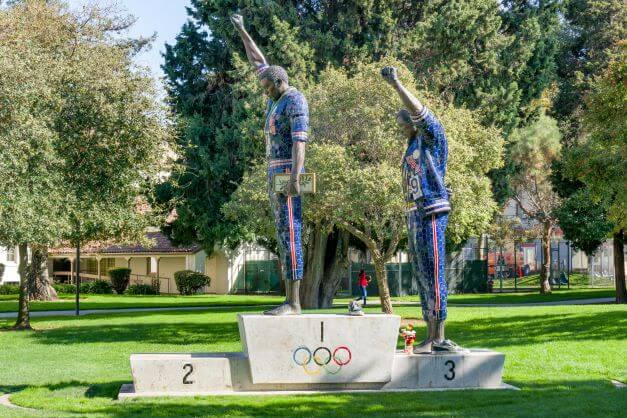
The first time a puma shoe was worn at an Olympics was in 1952, and the 1500-metre runner Josy Barthel won Gold. In the 1960 Olympics, the German sprinter was paid by Puma to wear their spikes and won Gold, but to everybody’s surprise, the decision to wear an Adidas shoe for the medal ceremony in the hope of being paid by both brothers.
It was the first time a sporting endorsement war was seen between the two companies but certainly not the last.
However, the infamous 1968 Olympics in Mexico took the sponsorship of athletes to another level. Both US medallists for the 100 metres, Tommy Smith and John Carlos, wore Puma footwear and were photographed on the podium in which they bowed their heads and raised their black-gloved fists in silent protest during the playing of the national anthem, an act meant to stand up for human rights and to stand up for black Americans.
Jump forward a few years, and the unbeatable Usain Bolt took Olympic glory and world records wearing Puma footwear.
Celebrity Endorsements
Some of football’s greatest players have been adorned in Puma football boots, including Pele, Johan Cruyff and the infamous Diego Armando Maradona. If millions see your product on the feet of the best in their field, then you are almost guaranteed to sell them at whatever price you want
As with all athletic footwear companies, they are looking for an athlete to wear their shoes, whether it be spikes, football boots or sneakers, and this is where the iconic Puma Clydes comes into being.
Aren’t They the Same as Puma Basket, Suede and States?
In short, they are exactly identical shoes with some slightly different features, but they all stem from the original design known as Puma Basket.
Developed in the mid-sixties as a classic low-top basketball shoe made of leather with a rubberised sole and only originally available in white with a black or red stripe, the NBA had a very strict rule regarding its uniforms and the colour of the sneakers worn on the court.
Not a massively popular shoe for the basketball stars of the sixties as the Chuck Taylor made by converse was the shoe of choice for most. That was followed by the wonderfully iconic Adidas Superstar, much to the consternation of the boss of Puma.
So in 1968, they introduced a new version of the sneaker where the upper was made from suede and not leather, and it was cunningly named The Suede. The Suede, or “velvety cousin” as it was nicknamed, was marketed as a streetwear shoe, not solely for the athlete. It was one of the first pairs of trainers specifically aimed to be worn as a fashion accessory, and it took off.
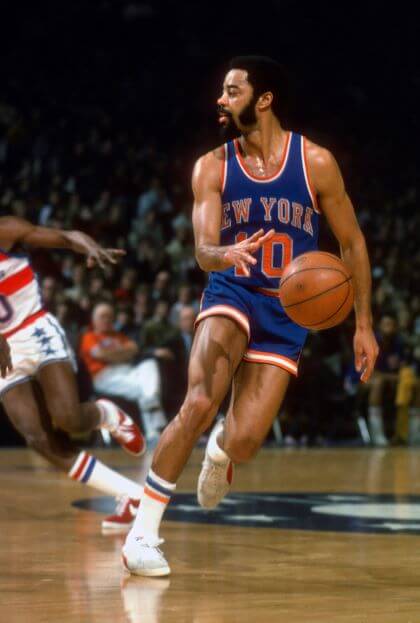
However, Rudi was still keen to have an athlete wearing one of his shoes on a basketball court, so in 1973, New York basketball legend Walt ‘Clyde’ Frazier asked PUMA for a custom-made version of the Suede. The ‘Clyde’, as it became known, was lighter, came with a wider last for comfort and had Frazier’s nickname stamped in gold on the side.
The legend was reborn….
Colourways Of the Clyde
The materials used in the Clyde were predominantly suede, making it much easier to dye than its leather cousin, The Basket, so new and fabulous colourways could be introduced to the consumer.
Initially, these were very simple, the sole, the stripe, the tongue and the heel counter were always in white, but you could have one of three classic colours for the suede, black, navy blue or red, later to be followed by a pine green version.
Since its reissue in the 90s, the colourways have become more elaborate and stylish to include, dare I say it, a different coloured stripe.
Street Culture And Hip-Hop
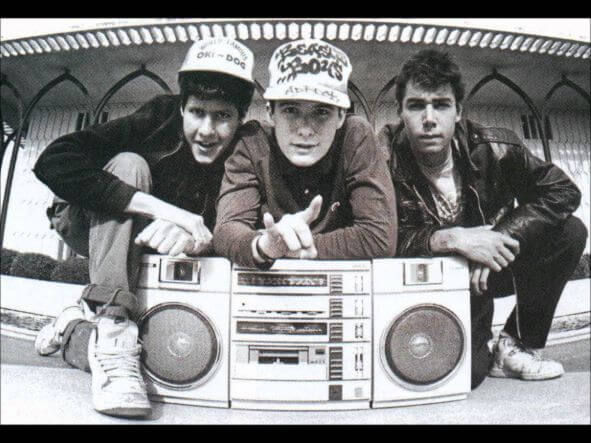
As with much of street culture, the 80s saw an explosion of retro influences mainly stemming from the burgeoning hip-hop scene out of New York and none more so than the sneaker revolution. Kids were looking for that old-school style, and this was before Nike and Reebok got on the scene, so the leading choices for fashionable sneakers returned to the old adversaries, Adidas and Puma.
With hip-hop’s biggest stars like Run D.M.C. and LL Cool J opting for the Superstars, up-and-coming band The Beastie Boys championed the Puma Suedes. They were notorious collectors of sneakers and would hire friends as so-called “sneaker pimps” who would search high and low for the rarest of footwear wherever they went.
Puma had regained some of the market it had lost to its competitors, and with the popularity of the Suede, Clyde and Basket sneakers on the rise, they decided to rebrand the shoe.
Rebrand, Rename and Reissue
The 1990s was the decade of the sneaker and not just for use on basketball courts, athletics tracks or at the gym but on the feet of everybody from paupers to presidents. Nike had taken a considerable share of the market with the Air Jordan sneaker, Adidas were reissuing old styles like the Stan Smith and new boys, Reebok were delighting sneakerheads with classic and stylish designs, but none had what Puma had in a bonafide classic like the Clyde as it was still known then and once again it was time for a change.
Puma wanted to keep the style and look of the trainer the same, but this time they chose a new name aimed at the UK and European markets and, in 1990, decided to call this classic sneaker The States.
Generations of men and women from the young to the old who had initially owned a pair in one of its other incarnations went out and bought this timeless Puma classic in their droves.
Initially, every pair of Puma States sold had a suede protecting spray given as a freebie, and the art of sneaker care and protection was born. Suede trainers rarely age well, so soft brushes were bought, and puddles avoided in the clamber for that OG style.
What Next For The Basket/Suede/Clyde or States
Today, the Puma Clyde is still being developed and updated. From the original, modern modifications including Puma Clyde Court, the Puma Clyde All-Pro, and Clyde Court All-Pro Kuzma are being made and sold in their millions worldwide.
The Puma Clyde All-Pro has become one of the most worn signature sneakers on-court by players like LaMelo Ball and Kyle Kuzma. In the future, it’s clear that Puma Basketball has made it a priority to expand its line of business.
While the Puma Clyde didn’t flourish on the court as much as Puma would have liked, it became an icon in hip-hop, break dancing, skateboarding, and entertainment.
Whichever name you decide to call it may depend on your generation, but it will always be one of the most iconic pieces of athletic footwear known to man.
Its legacy is as relevant today as its first inception over 50 years ago.







